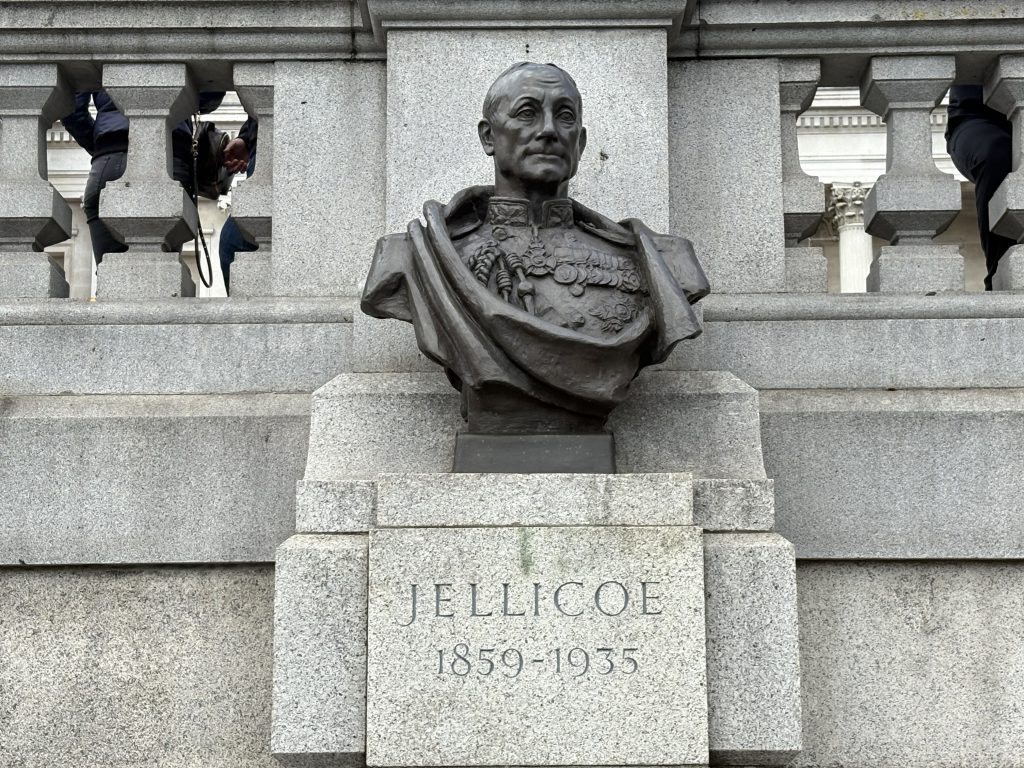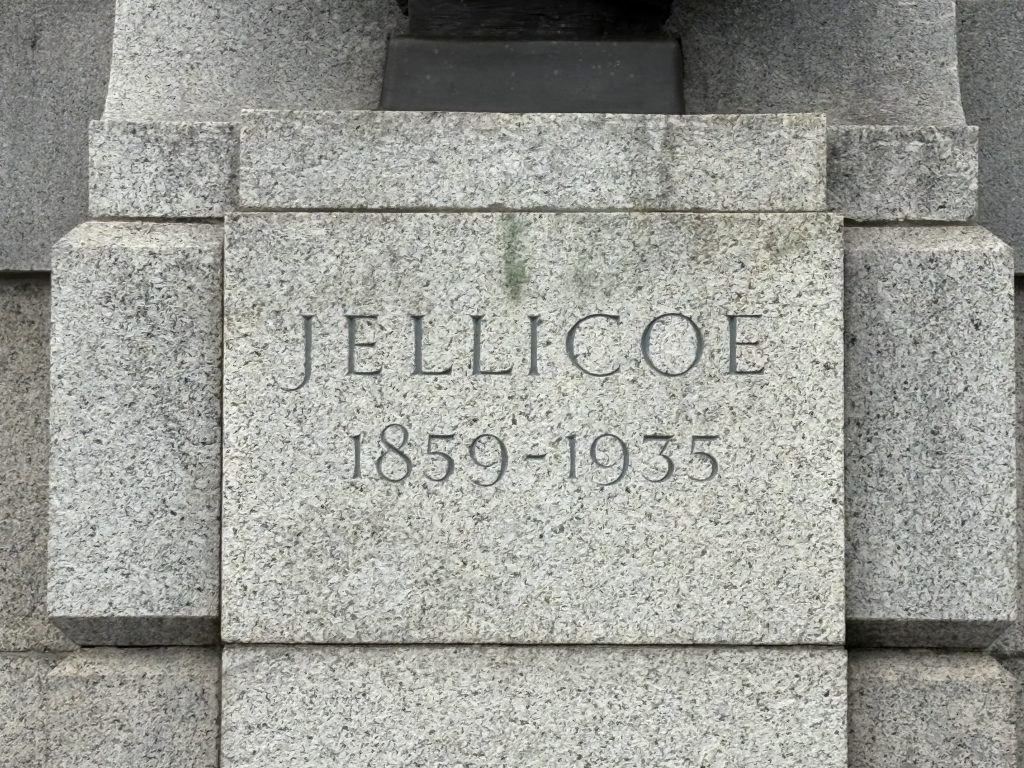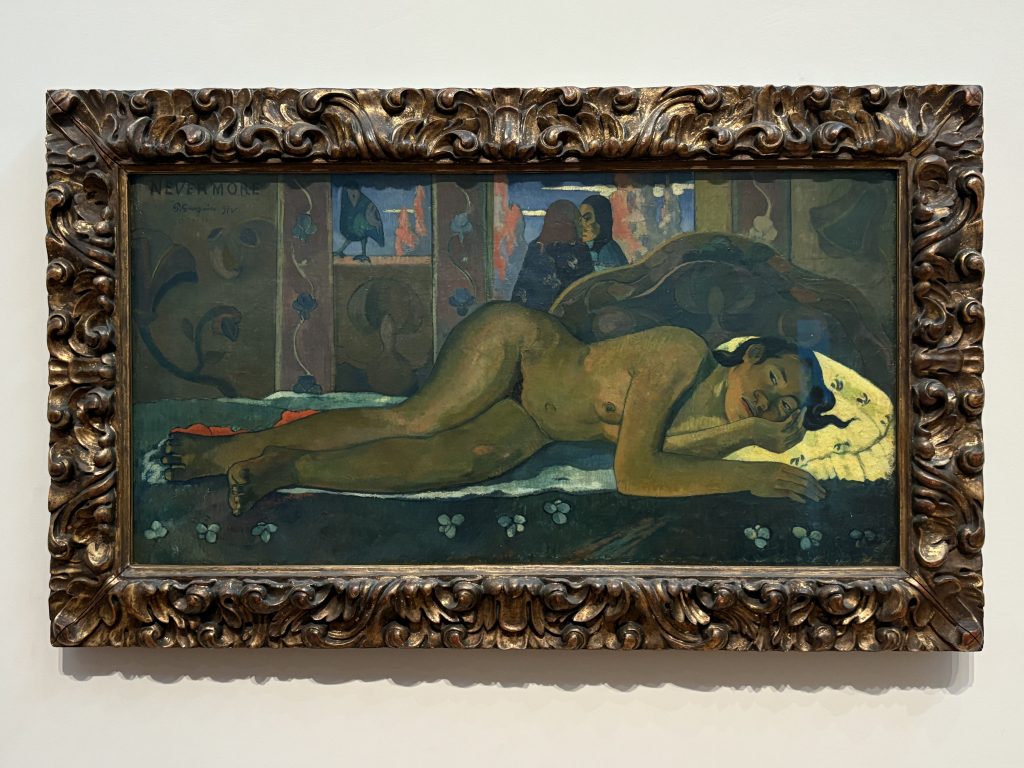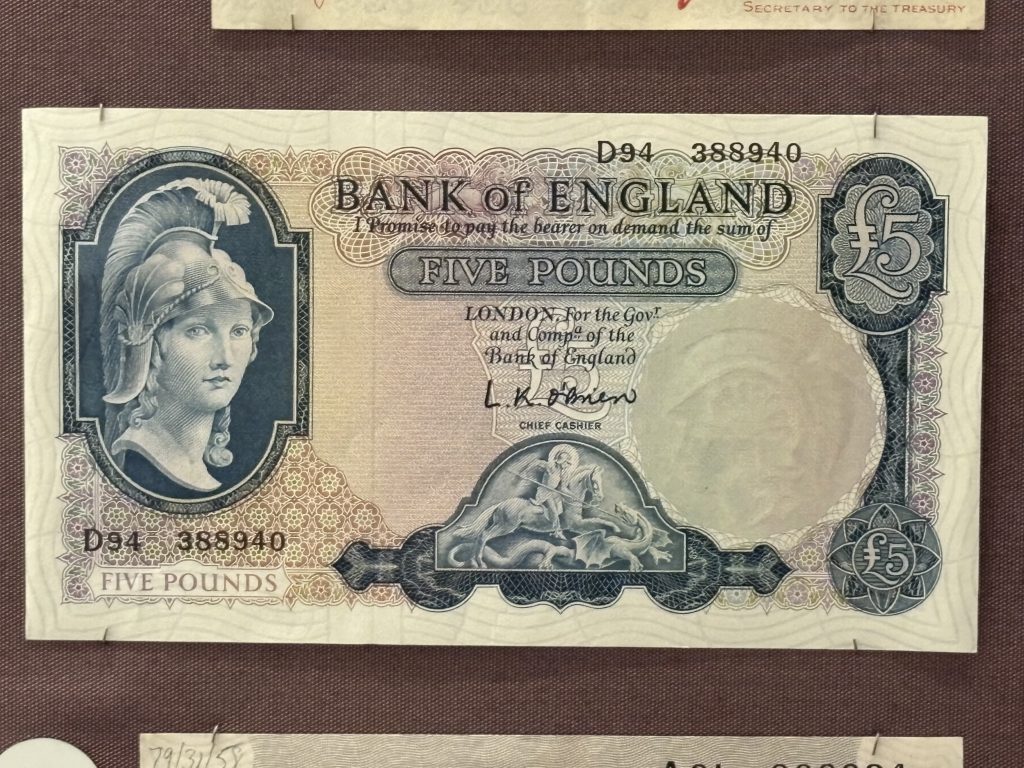We walked around looking for symbolic objects or monuments that could be used for the transition scenes. What we initially had in mind were statues, monuments, and old banknotes from that era. Originally, we thought we could capture many of the elements we needed from the Japan and Asia sections at the British Museum. However, due to not securing a reservation, my colleague plans to visit the museum alone at a later time to gather the materials.


Instead, we first filmed the Jellicoe statue located in front of the British Museum. The figure depicted lived from 1859 to 1935 and served as a British naval officer during the time Ito Hirobumi was advancing the Meiji Restoration. He also participated in the First World War as a commander during the Battle of Jutland in 1916. While we thought there might be a potential connection worth exploring, we are still uncertain whether this material will ultimately be used.

Next, we visited The Courtauld Gallery to examine several paintings. Among them, Paul Gauguin’s Nevermore, which depicts a woman from Tahiti, stood out. This painting shows postcolonial undertones and, given the historical context it shares with our project, we decided to include it in our material. Since one of the key themes in our work deals with colonialism and postcolonialism, this piece holds particular significance.


We also visited the National Portrait Gallery in London, but it mainly featured classical works, and we found little that could be directly used in our project. Instead, we proceeded to the Bank of England Museum in search of old British banknotes. There, we found several historical notes, which could potentially play an important role in one of our transition scenes.
Our plan is to compile around 20 clips, including the ones we filmed and the materials to be gathered later at the British Museum. Each clip will be about 1–2 seconds long, ultimately forming a 20–30 second transition sequence.